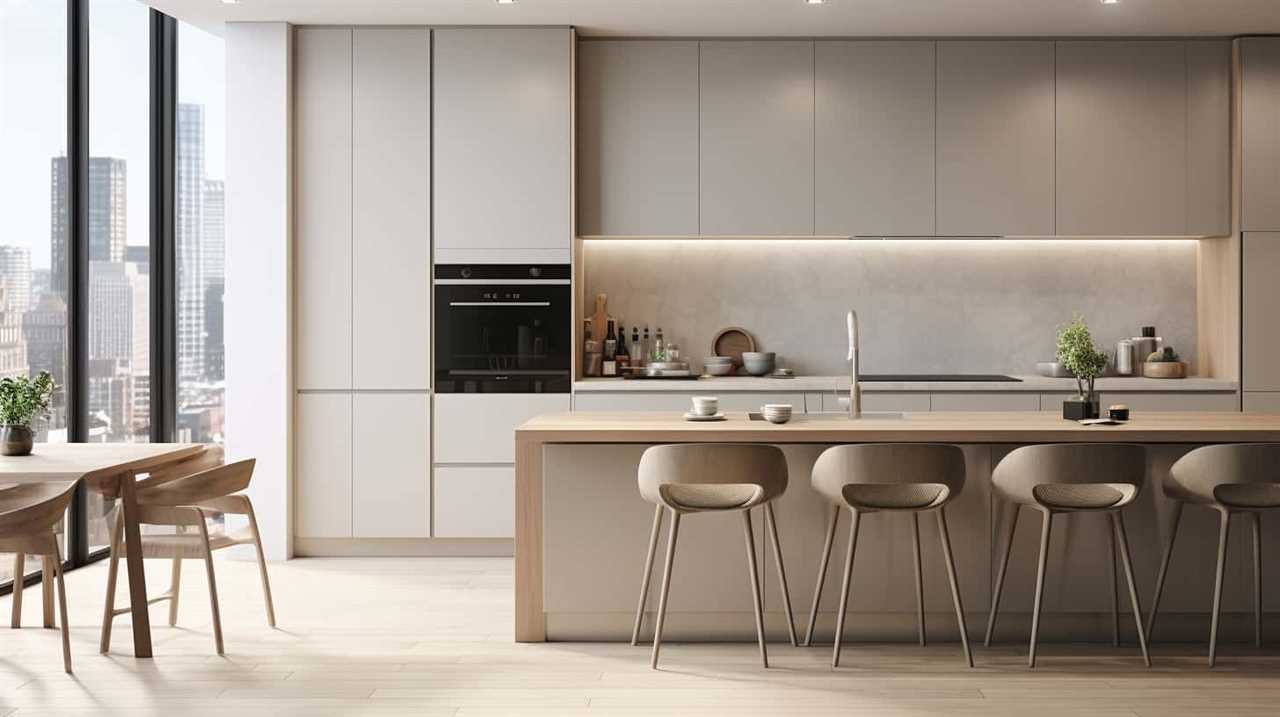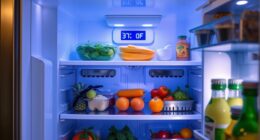Have you ever wondered how many devices you can safely connect to one outlet? Well, we have the answers for you.
In this article, we’ll explore the factors that affect socket capacity, the types of appliances and their power requirements, and how to calculate the total power consumption.
We’ll also discuss common mistakes to avoid, the use of power strips and surge protectors, and safety precautions for multiple appliances.
So, let’s dive in and ensure a safe and efficient electrical setup.

Key Takeaways
- Energy efficiency factors and proper wiring play a significant role in determining socket capacity.
- The wattage and amperage of appliances determine the maximum number of appliances that can be safely used.
- Calculating the total power consumption of all appliances is crucial to prevent overloading and hazards.
- Overloading a socket can lead to overheating, electrical fires, and potential damage to appliances.
Understanding Socket Capacity
Understanding the socket’s capacity is crucial for ensuring the safe and efficient use of our appliances. It’s important to consider factors affecting energy efficiency and the importance of proper wiring when determining the maximum load a socket can handle.
Energy efficiency can be influenced by various factors such as the type and condition of the appliances being used, as well as any additional power-saving features they may have. Proper wiring is essential to prevent overheating and electrical hazards.
A socket’s capacity is determined by the current it can safely carry without overheating or causing damage. It’s important to know the maximum load a socket can handle to avoid overloading it and risking electrical fires or damage to the appliances.
Understanding socket capacity sets the foundation for determining the factors affecting the number of appliances that can be safely connected.

Factors Affecting the Number of Appliances
To determine the number of appliances that can be safely connected to a single socket, we need to consider various factors. These factors include the wattage of the appliances, the capacity of the socket, and the electrical wiring in the building. It is important to note that using too many appliances on a single socket can lead to overloading, which can cause damage to the appliances and even start a fire.
One factor to consider is the wattage of the appliances. Higher wattage appliances consume more electricity and therefore require more power from the socket. It is essential to check the wattage of each appliance and add them up to ensure they do not exceed the socket’s capacity.
Another factor to consider is the capacity of the socket itself. Different sockets have different capacities, and it is important to know the maximum wattage it can handle. This information can usually be found on the socket or in the user manual.
Lastly, the electrical wiring in the building plays a crucial role. Older buildings may have outdated wiring that cannot handle a high load, while newer buildings are often designed with sufficient electrical capacity. It is advisable to consult an electrician to assess the wiring and ensure it can support the desired number of appliances.

In summary, when determining the number of appliances that can be safely connected to a single socket, factors such as the wattage of the appliances, the capacity of the socket, and the electrical wiring in the building must be taken into consideration. By considering these factors, one can prevent overloading the socket and ensure the safe and efficient operation of their appliances.
| Factors to Consider | Energy Efficient Appliances |
|---|---|
| Wattage of appliances | Use appliances with lower wattage to reduce power consumption. |
| Capacity of socket | Ensure the socket can handle the total wattage of all connected appliances. |
| Electrical wiring | Check the electrical wiring in the building to ensure it can support the desired load. |
Types of Appliances and Their Power Requirements
Different appliances have varying power requirements that need to be taken into account when determining how many can be safely connected to a single socket. Calculating power usage is essential to prevent overloading and ensure electrical safety precautions are met.
Appliances such as refrigerators, air conditioners, and washing machines typically require higher power due to their motors and compressors. On the other hand, smaller devices like lamps or phone chargers have lower power requirements.
It’s crucial to consider the wattage and amperage of each appliance to determine the maximum number that can be connected to a single socket. By understanding the power requirements of various appliances, we can make informed decisions about their safe usage and avoid potential hazards.
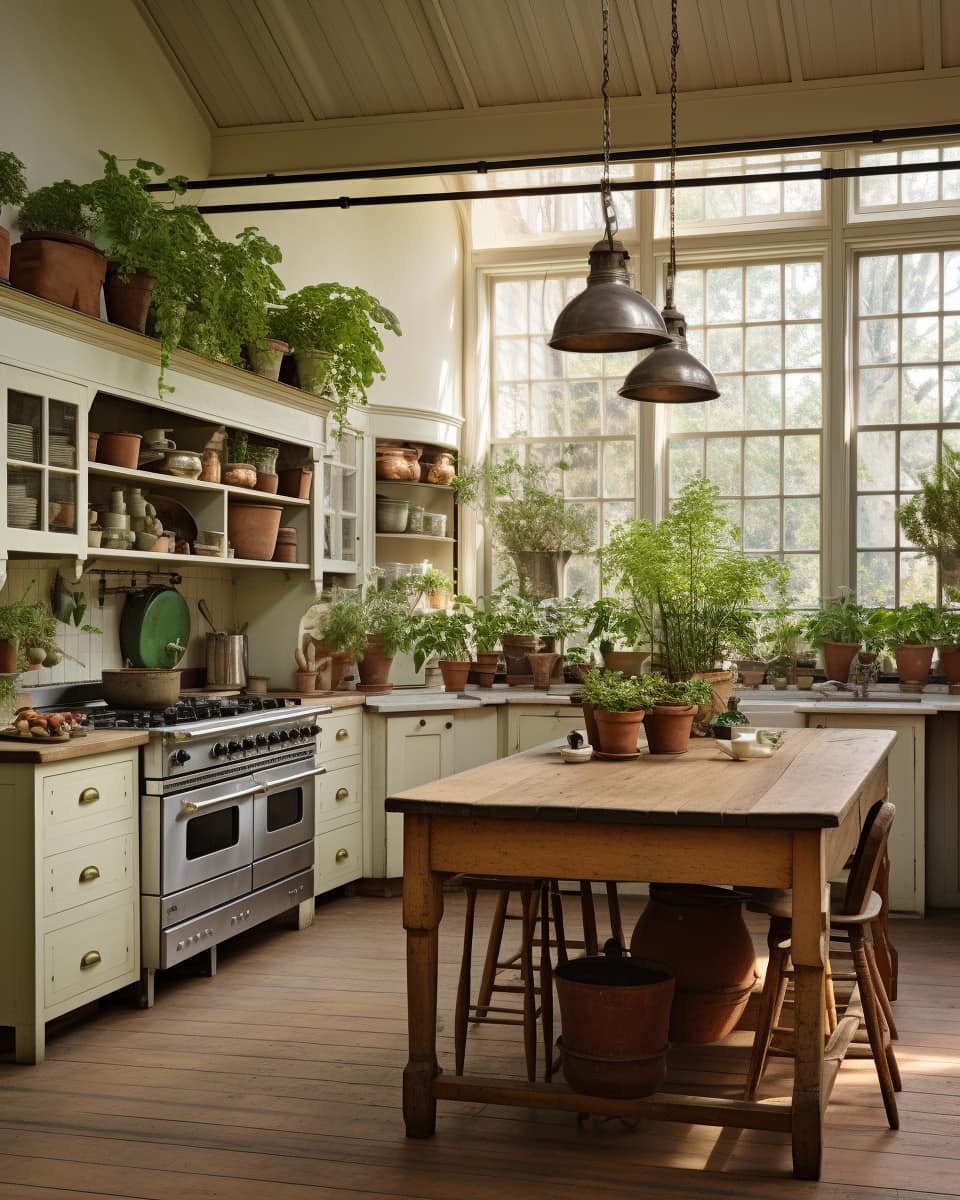
Now, let’s delve into the concept of wattage and amperage to further understand how to calculate power usage and ensure electrical safety.
The Concept of Wattage and Amperage
Now, let’s dive deeper into wattage and amperage to better understand how we can calculate power usage and ensure electrical safety.
Understanding electrical currents and determining power requirements are essential in effectively managing the number of appliances connected to a single socket.
Wattage refers to the amount of power an appliance consumes, while amperage measures the flow of electric current.
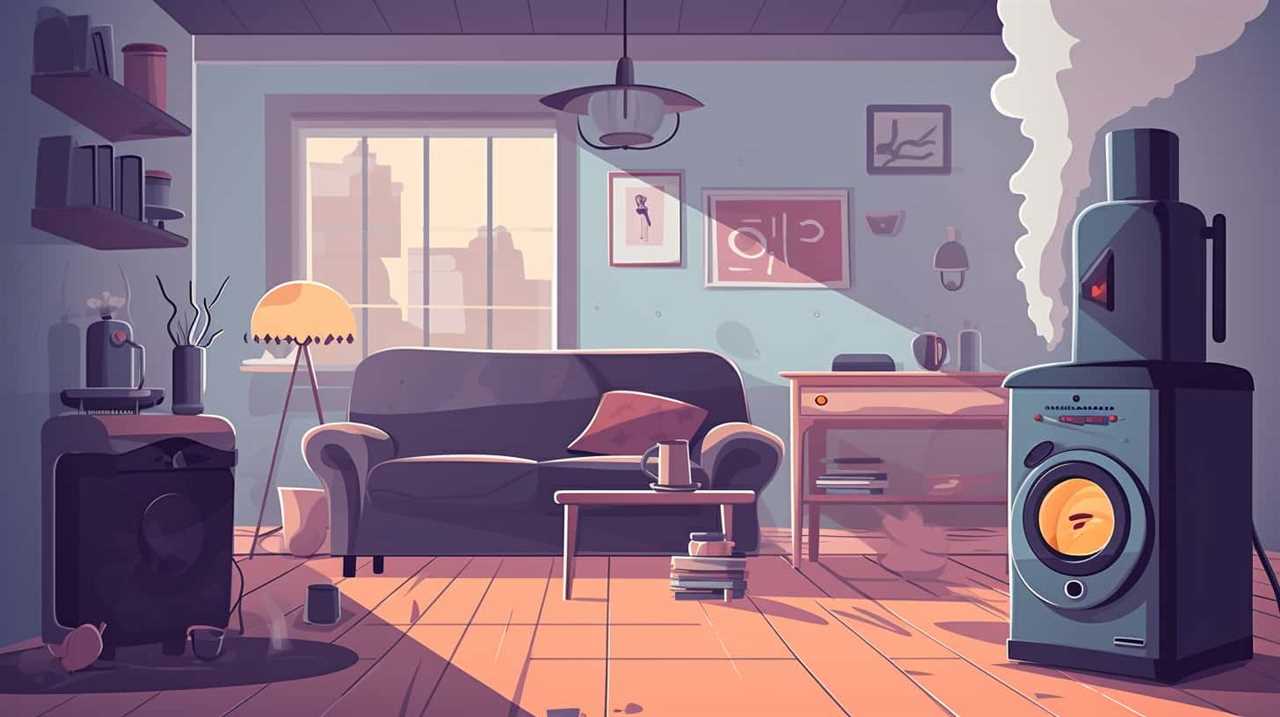
By knowing the wattage and amperage of each appliance, we can calculate the total power consumption and determine if it exceeds the socket’s capacity.
This knowledge is crucial to prevent overloading the circuit, which can lead to overheating and potential electrical hazards.
With a clear understanding of wattage and amperage, we can now move on to the next step of calculating the total power consumption.
How to Calculate the Total Power Consumption
To calculate the total power consumption of appliances connected to a single socket, we need to add up the wattage of each individual appliance. This is essential for determining power usage and calculating energy consumption accurately.
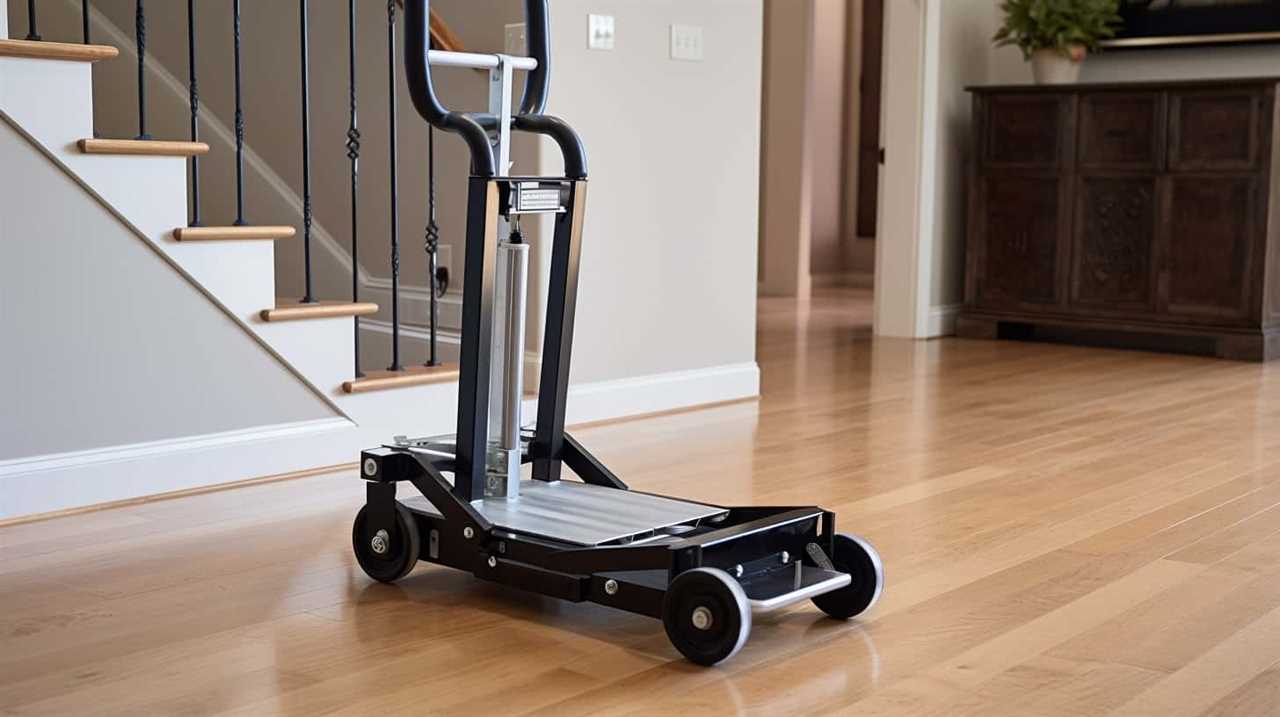
The wattage rating of an appliance can usually be found on its label or in the user manual. Once we’ve gathered the wattage values of all the appliances, we can simply add them together to get the total power consumption.
It’s important to ensure that the total wattage doesn’t exceed the maximum load capacity of the socket or circuit to prevent overloading and potential hazards. By calculating the total power consumption, we can make informed decisions about how many appliances can be safely used on a single socket without risking electrical problems.
Common Mistakes to Avoid
When it comes to using multiple appliances on a single socket, there are several common mistakes that should be avoided. Overloading a socket can be dangerous, leading to overheating and potential electrical fires.
To prevent this, it’s important to follow power strip use guidelines and avoid plugging in too many devices.
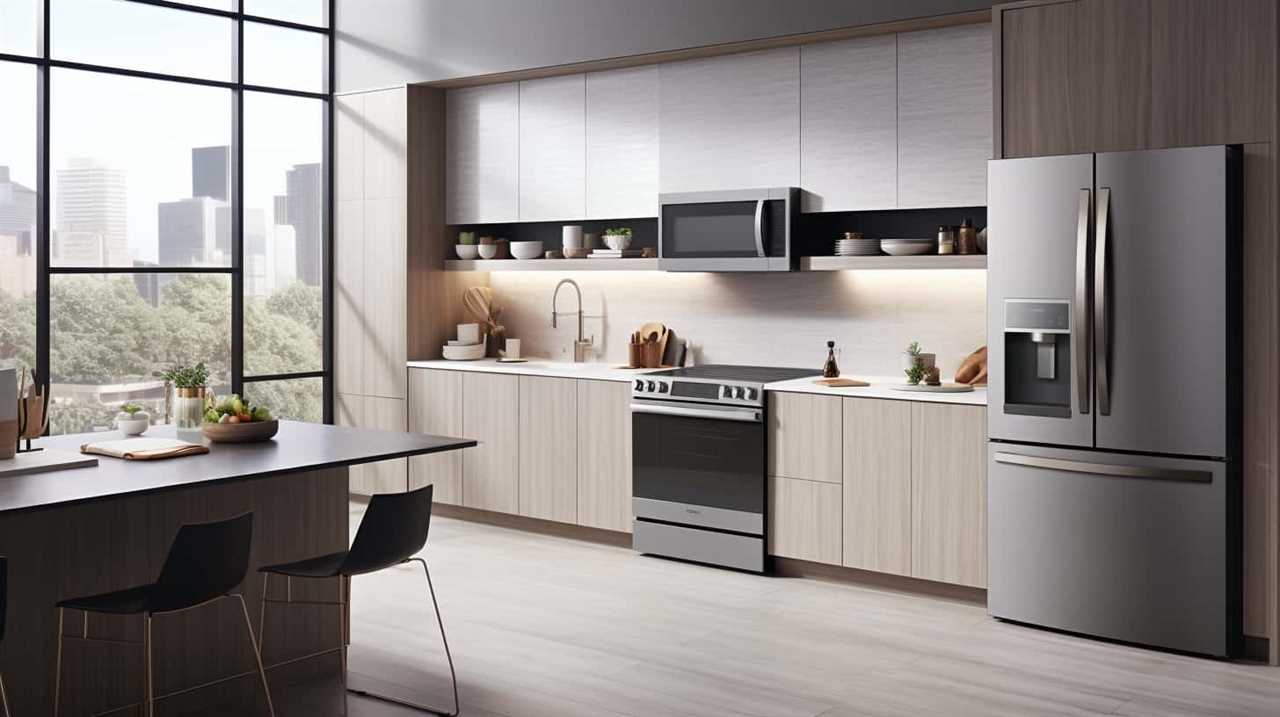
Additionally, proper wattage calculations should be done to ensure that the total power consumption doesn’t exceed the socket’s capacity.
Overloading Socket Dangers
By avoiding common mistakes, we can prevent the dangers of overloading a single socket. Overloading risks can lead to various electrical hazards, including fires, electrical shocks, and damage to appliances. To ensure safety, it’s important to be aware of the following:
- Ampere Rating: Each socket has a specific ampere rating, which indicates the maximum amount of electrical current it can safely handle. Exceeding this rating can cause overheating and potentially start a fire.
- Power Consumption: It’s crucial to know the power consumption of each appliance before plugging them into a single socket. Adding up the wattage of all connected devices ensures that it doesn’t exceed the socket’s capacity.
- Extension Cords and Adapters: Using extension cords or adapters to accommodate more appliances can be convenient, but it also increases the risk of overloading. It’s important to use high-quality, properly rated cords and adapters to avoid overheating and potential electrical hazards.
Power Strip Use Guidelines
As we continue our discussion on avoiding the dangers of overloading a single socket, it’s important to know the guidelines for using power strips and the common mistakes to avoid.
Understanding power strip ratings is crucial in ensuring the safe and efficient use of these devices. Power strips are designed to provide additional outlets for multiple appliances, but it’s essential to adhere to their limitations. Each power strip has a maximum rating, usually measured in amps, which indicates the amount of electrical current it can handle. Exceeding this rating can lead to overheating and potential fire hazards.

Additionally, it’s important to consider the benefits of using power strips, such as reducing clutter, organizing cables, and protecting valuable electronic equipment from power surges.
By following these guidelines and avoiding common mistakes, we can ensure the safe and effective use of power strips.
Now, let’s move on to the next section and discuss proper wattage calculations.
Proper Wattage Calculations
To ensure safe and efficient use of power strips, it’s important for us to properly calculate wattage and avoid common mistakes. Here are three key electrical safety precautions to keep in mind when calculating power usage:

- Determine the wattage of each appliance: Start by identifying the wattage rating of each appliance that will be connected to the power strip. This information can usually be found on the appliance itself or in the user manual.
- Add up the wattage: Once you have the wattage rating for each appliance, add them all together to determine the total wattage. This will help you ensure that the power strip can handle the load without overloading the circuit.
- Consider the power strip’s rating: Check the maximum wattage rating of the power strip itself. It’s essential to select a power strip that can handle the total wattage of all connected appliances to prevent overheating and potential hazards.
Using Power Strips and Surge Protectors
Let’s talk about the safety of using power strips and surge protectors, as well as the potential risks of overloading electrical outlets.
Power strips and surge protectors are convenient tools that allow us to plug multiple devices into a single socket. However, it’s crucial to understand their limitations and ensure that we don’t exceed their capacity or the capacity of the outlet to avoid electrical hazards such as overheating, fires, or damage to our appliances.
Safety of Power Strips
When it comes to the safety of using power strips and surge protectors, we need to be mindful of the number of appliances connected to a single socket. Exceeding the socket capacity limitations can lead to potential fire hazards. To ensure safety, consider the following:
- Socket capacity: Each socket has a specific capacity limit, usually measured in amps. It’s crucial to understand this limit and not exceed it to prevent overheating and electrical fires.
- Power strip rating: Check the power strip’s rating to ensure it can handle the combined wattage of the appliances connected to it. Overloading the power strip can cause it to overheat and potentially catch fire.
- Surge protectors: Using surge protectors can help protect your appliances from power surges. However, it’s vital to select surge protectors with built-in circuit breakers to prevent overloading and overheating.
By adhering to these guidelines, you can reduce the risk of fire hazards associated with power strips and surge protectors.

Now, let’s delve into the next topic of overloading electrical outlets.
Overloading Electrical Outlets
We must be cautious of overloading electrical outlets with power strips and surge protectors to prevent potential fire hazards. Overloading occurs when we connect too many devices to a single outlet or power strip, exceeding its maximum load capacity. This can lead to overheating, which poses significant risks for electrical fires.
To prevent overloading risks and ensure electrical fire prevention, it’s crucial to follow some guidelines. First, check the wattage ratings of the devices you plan to connect and make sure they don’t exceed the maximum load capacity of the outlet or power strip.
Second, avoid daisy-chaining power strips, as this increases the risk of overloading.
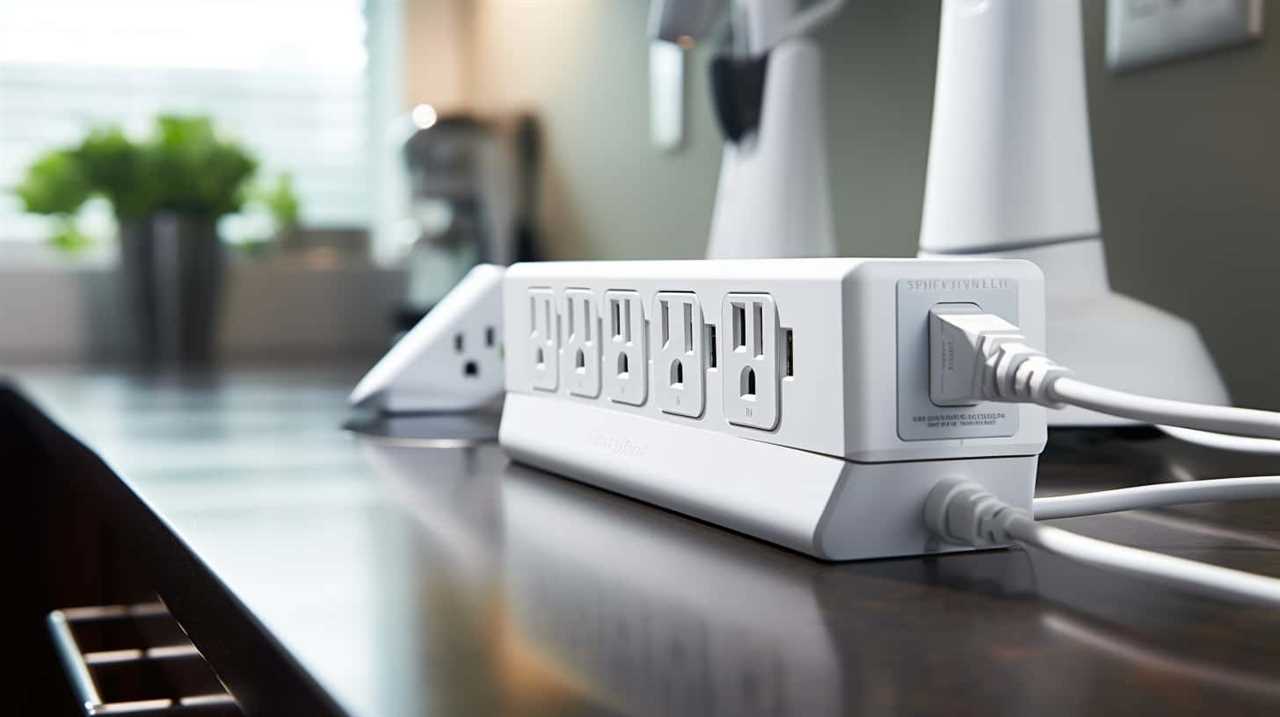
Additionally, regularly inspect power strips and surge protectors for any signs of wear or damage, such as frayed cords or scorch marks.
Safety Precautions for Multiple Appliances
To ensure safety, it’s important to consider the load capacity of the socket when connecting multiple appliances. Here are three crucial safety precautions to follow when using multiple appliances on a single socket:
- Avoid overloading: Check the maximum load capacity of the socket and ensure that the total wattage of the appliances doesn’t exceed it. Overloading can lead to overheating, which increases the risk of electrical fire.
- Use power strips with surge protectors: Power strips with surge protectors provide an extra layer of protection by preventing voltage spikes. They also help distribute the load evenly among the connected appliances.
- Inspect the condition of the socket: Regularly check the socket for any signs of wear and tear, such as frayed wires or loose connections. Faulty sockets can pose electrical hazards, so it’s important to repair or replace them immediately.
By following these safety precautions, you can greatly reduce the risk of electrical fire prevention and avoid electrical hazards.
Now, let’s move on to the next section to ensure a safe electrical setup.

Conclusion: Ensuring a Safe Electrical Setup
To ensure a safe electrical setup, it is essential to prioritize proper load capacity and follow necessary safety precautions. By understanding the limitations of your electrical system and adhering to best practices, you can minimize the risk of electrical hazards and ensure the longevity of your appliances. Always consult the manufacturer’s guidelines and consider the following safety measures:
- Avoid overloading circuits: Distribute the load evenly across different circuits and avoid plugging too many appliances into a single socket.
- Use surge protectors: Install surge protectors to safeguard your appliances from power surges and voltage fluctuations.
- Regular maintenance: Periodically check the condition of your electrical system, including outlets, sockets, and wiring, to identify any potential hazards.
Remember, electrical safety should never be compromised. By following these guidelines and being mindful of load capacity, you can enjoy a safe and efficient electrical setup for years to come.
| Safety Measures | Description |
|---|---|
| Avoid overloading circuits | Distribute load evenly and avoid plugging too many appliances into a single socket. |
| Use surge protectors | Install surge protectors to safeguard appliances from power surges and voltage fluctuations. |
| Regular maintenance | Check outlets, sockets, and wiring periodically for any potential hazards. |
Frequently Asked Questions
Can I Plug in Multiple Appliances With Different Power Requirements Into a Single Socket?
Yes, we can plug in multiple appliances with different power requirements into a single socket. However, it is important to be cautious of overloading sockets, which can lead to fires and electrical hazards. Best practices include using power strips with built-in surge protection and not exceeding their power rating.
Is It Safe to Use Power Strips and Surge Protectors With Multiple Appliances Plugged Into a Single Socket?
Using power strips and surge protectors with multiple appliances can be risky. Overloaded power strips can cause electrical fires. Insufficient power supply can damage appliances. It’s important to prioritize safety and ensure proper electrical distribution.

How Can I Determine if a Particular Socket Can Handle the Power Requirements of Multiple Appliances?
To determine if a socket can handle the power requirements of multiple appliances, we need to consider its power capacity. This is crucial for ensuring electrical safety and avoiding overloading the socket.
What Should I Do if I Frequently Experience Power Outages or Tripped Circuit Breakers When Using Multiple Appliances on a Single Socket?
To prevent power outages when using multiple appliances on a single socket, we should first check the circuit breaker to ensure it can handle the load. Troubleshoot tripped circuit breakers by redistributing the appliances or using a different socket.
Are There Any Special Considerations or Safety Precautions to Keep in Mind When Using High-Power Appliances With a Single Socket?
To prevent electrical fires and avoid overloading a single socket when using high-power appliances, it is important to follow safety precautions. We should ensure the socket can handle the wattage and use surge protectors or distribute the load across multiple sockets.
Conclusion
In conclusion, it’s crucial to understand the capacity of a single socket when connecting multiple appliances. By considering factors such as wattage and amperage, one can calculate the total power consumption and avoid overloading the socket.

Interestingly, according to a study conducted by the Electrical Safety Foundation International, 64% of residential fires are caused by electrical overloads. Therefore, it’s essential to follow safety precautions and use power strips or surge protectors to ensure a safe electrical setup.
